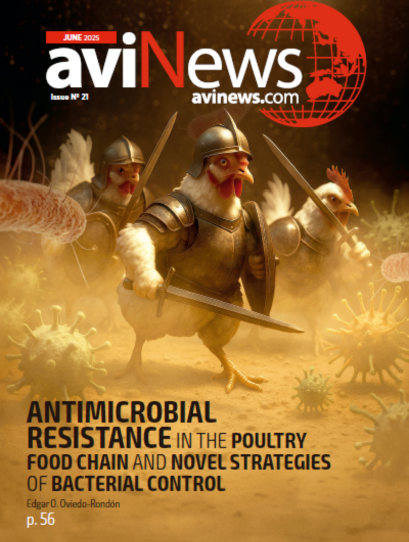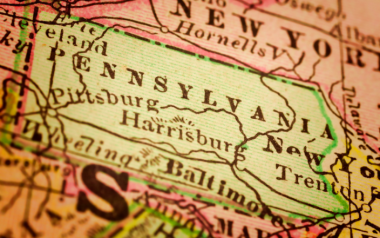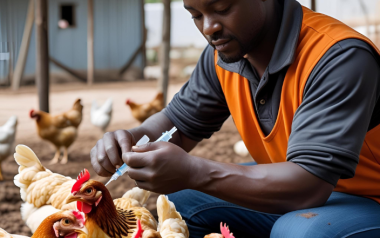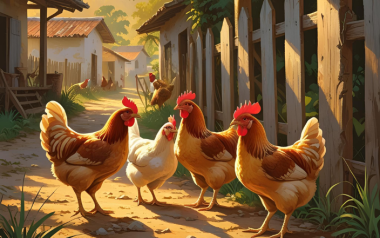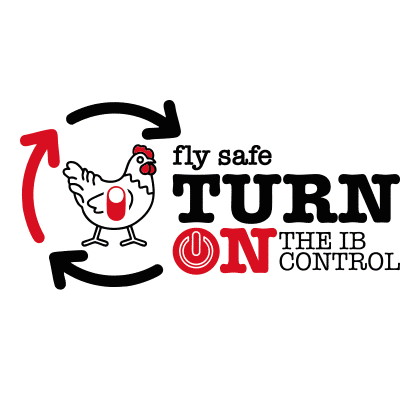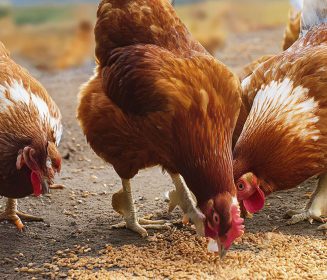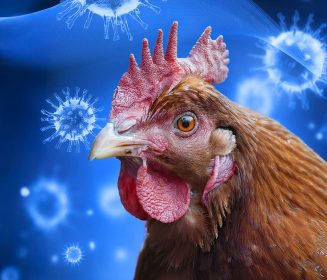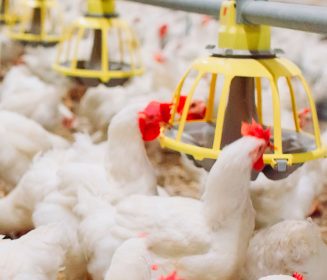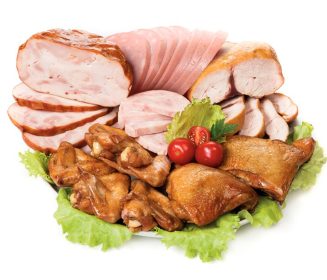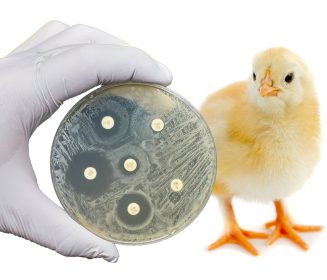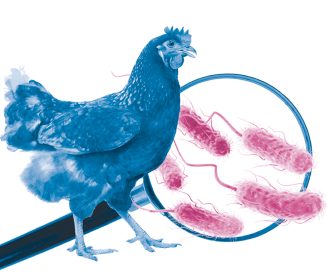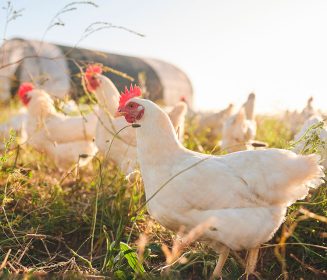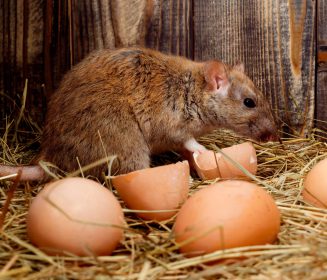Sources: Available upon request
21 May 2025
Migration, Mutation, and H5N1 Spread
The spread of H5N1 is not just a veterinary issue, it is a global health challenge. Migration, mutation, and outbreaks form a triad that fuels the virus’s expansion.
Avian Influenza A (H5N1) has evolved from a localized poultry disease into a global zoonotic threat. Since its emergence in 1996 in China, the virus has spread across Asia, Europe, Africa, and the Americas, affecting wild birds, domestic poultry, and even mammals, including humans. The increasing frequency and geographic range of outbreaks have raised concerns about its pandemic potential. Understanding the interplay between bird migration, viral mutations, and outbreak dynamics is essential for global preparedness.
Migration: viral highways in the sky
Migratory birds are central to the global dissemination of H5N1. Species such as mallards, swans, and geese can carry the virus asymptomatically over vast distances. These birds follow established flyways—such as the East Asian-Australasian and the Atlantic flyways—connecting continents and ecosystems. When infected birds stop at wetlands or agricultural areas, they can transmit the virus to domestic poultry, especially in regions with low biosecurity.
Recent outbreaks in South America and North America have been linked to migratory birds from Eurasia, highlighting how climate change and habitat disruption may be altering migratory patterns and increasing interspecies contact.
Mutations: the genetic arms race
H5N1 is an RNA virus, which means it mutates rapidly. These mutations can affect the virus’s ability to bind to host cells, evade immune responses, and cross species barriers. Of particular concern are mutations in the hemagglutinin (HA) and polymerase genes, which have been associated with increased replication in mammalian cells.
In 2022–2024, several H5N1 strains acquired mutations that allowed them to infect mammals such as foxes, sea lions, and even domestic cats. While sustained human-to-human transmission has not yet occurred, the virus’s ability to adapt to new hosts is a red flag for virologists.
Outbreaks: from poultry farms to public health crises
Outbreaks often begin in poultry farms, where high-density populations and inadequate biosecurity create ideal conditions for viral amplification. Once established, the virus can spread rapidly, leading to mass culling and trade restrictions. In some cases, humans become infected through direct contact with sick birds or contaminated environments.
The economic impact is severe: millions of birds are culled annually, affecting food security and livelihoods. Moreover, each human infection is a potential stepping stone toward a more transmissible strain.
Surveillance and response: global cooperation is key
Effective surveillance is critical. Organizations like the World Organisation for Animal Health (WOAH) and the Food and Agriculture Organization (FAO) coordinate global monitoring of avian influenza. Genomic sequencing helps track mutations and identify emerging variants of concern.
Vaccination of poultry, improved farm hygiene, and public awareness campaigns are essential tools. However, these measures must be supported by international cooperation, especially in regions with limited resources.
Conclusion: a virus that demands vigilance
The spread of H5N1 is not just a veterinary issue, it is a global health challenge. Migration, mutation, and outbreaks form a triad that fuels the virus’s expansion. As H5N1 continues to evolve, the world must remain vigilant, investing in science, surveillance, and solidarity to prevent the next pandemic.

